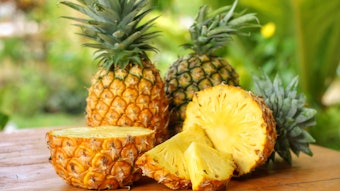The genus Salvia belongs to the plant family Lamiaceae, which includes many aromatic plants.This genus, also called Sage, covers more than 500 species, of which Salvia officinalis L. (Dalmatian sage), S. lavandulaefolia Vahl, (Spanish sage) and S. sclarea L. (Clary sage) are the most important economically for the flavor and fragrance industry Their essential oils are used in various flavor formulations and in perfume compounds for high-grade perfumery, cosmetics and functional products. Each of these oils contains hundreds of chemical compounds that are responsible for its sensory properties.
This article discusses the chemical composition of these three Salvia oils from various parts of the world, and describes the odor qualities of the oils and the olfactive properties of some characteristic compounds.
Botanical Origin
The genus Salvia contains more than 500 different species. Epling wrote, in 1939, that the genus Salvia includes about 900 species. Onayade et al mentioned that Salvia is a large genus of the family Lamiaceae that comprises about 700 herbs found throughout the temperate and warmer parts of the world. More recently, Compton published a review on the Salvia species.










